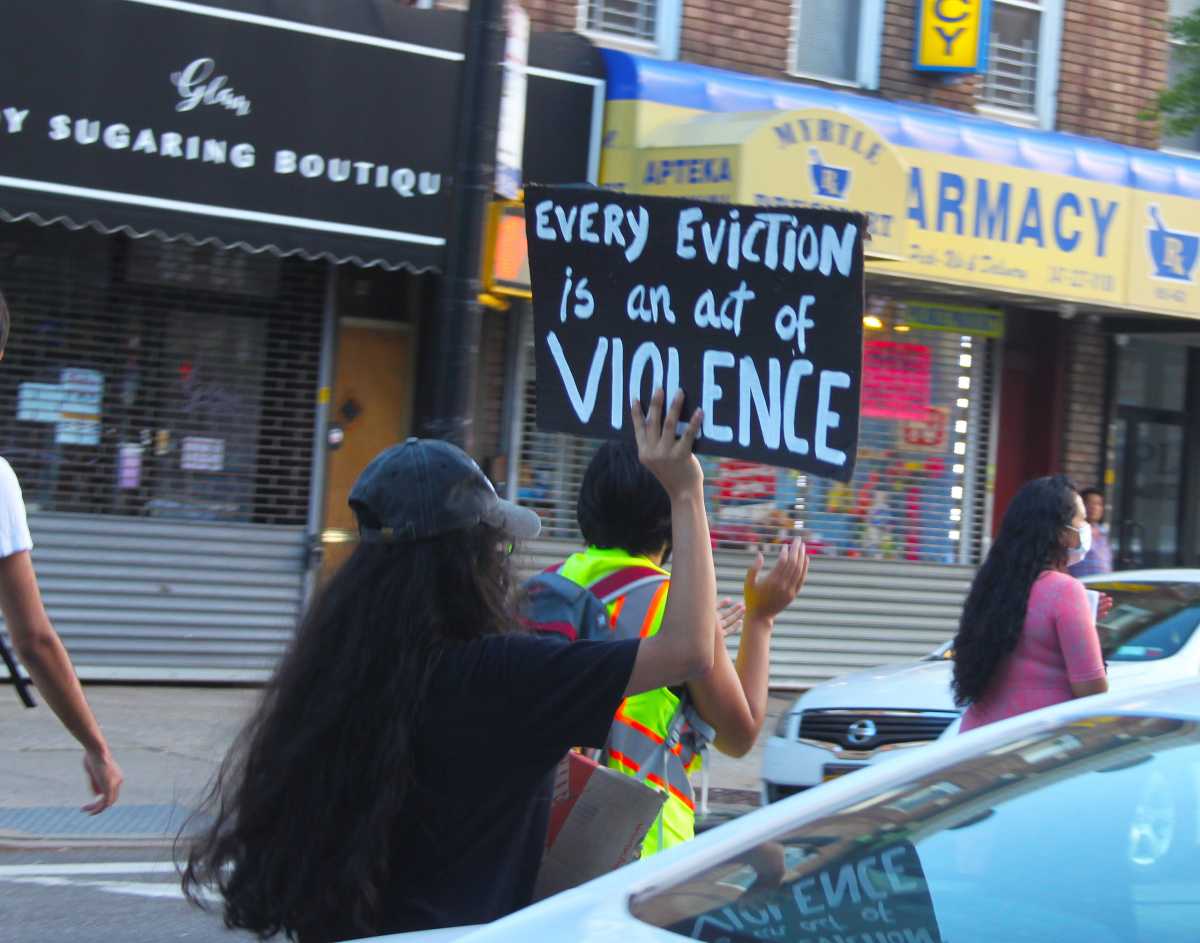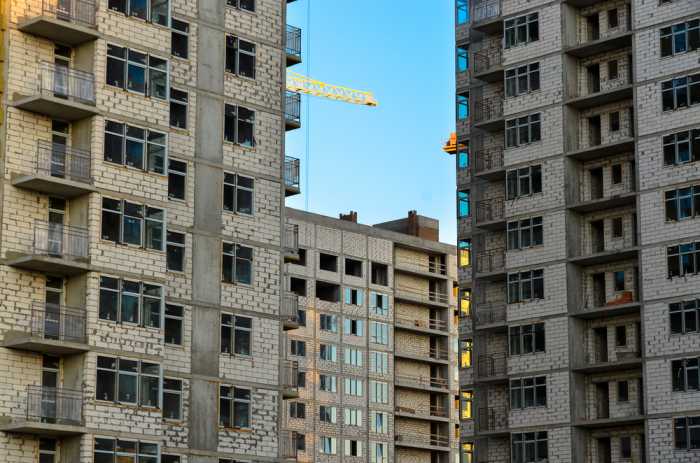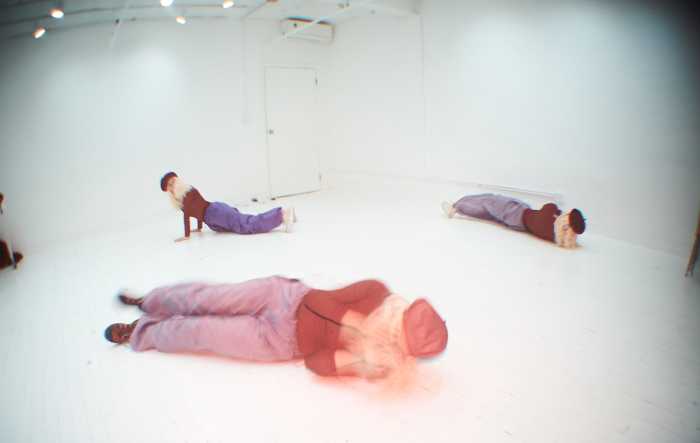The eviction moratorium that has protected many renters from facing housing uncertainty is expiring next week, Aug. 31, putting many at risk.
New York imposed an eviction moratorium in March of 2020, allowing those who suffered financial losses because of the COVID-19 pandemic to stay in their homes. The moratorium has been extended multiple times. However, the deadline is fast approaching, and another extension at this point is unlikely.
Frequent protests have urged state lawmakers to reconvene and extend the moratorium, especially as the Emergency Rental Assistance Program (ERAP) funding has lagged in distribution to many in need.
Assembly member Zohran Mamdani was arrested in Brooklyn last week as he protested for another moratorium extension. Advocates also protested against the recent Supreme Court ruling that now allows landlords to challenge renters’ claims of pandemic-related losses that would protect them against eviction.
The court came to this conclusion, siding with the landlords who argued their inability to challenge tenants’ claims violated their right to due process.
As the eviction moratorium expires and aid is still being distributed, many renters’ futures are uncertain.
“It is not an exaggeration to say this is the difference between life and death for many New Yorkers across the state,” Mamdani said.
People who apply to ERAP are protected from evictions as their applications are being processed. However, Mamdani is concerned that not enough people know of this avenue.
“How many people have even heard of ERAP, how many people have tried to apply and been dissuaded by the inaccessibility of the website or the fact that much of the application is inaccurately translated,” Mamdani said. “We simply cannot allow our moratorium to expire given that we extended it to this point to ensure that our rental assistance had already been distributed, and yet it has not. Until New Yorkers receive the money that would allow them to stay in their homes, we cannot allow them to be kicked out.”
Mamdani said the slow distribution of relief funds exacerbates the effects of this court ruling and the fast-approaching moratorium deadline through ERAP. New York allocated $2.6 billion in federal funding to give tenants up to a year’s rent and three months of prospective rent.
The program opened in June, and by the end of that month, New York was only one of two states where no aid had gone out, according to the New York Times.
The Office of Temporary and Disability Assistance (OTDA) has been in charge of distributing ERAP funds. OTDA has said that aid was not going out in June due to a priority period that focused on the applicants who needed the funding most. However, many elected officials have still called the rollout inefficient.
Assembly member Jessica González-Rojas sat on the Assembly committee that investigated the distribution.
“Since the ERAP rolled out, it’s been a complete disaster,” González-Rojas said. “As Assembly members, we fought tooth and nail to make sure this program came together, and it’s a good program; it has just been executed disastrously. Each of us as Assembly members are working closely with our constituencies to make sure that they’re getting signed up and provided access to the funds.”
According to a New York Times article, in July, only over $100,000 had been sent out to families in need. However, according to the OTDA, as of now, more than $200 million has been sent out, and in total, $680 million in federal funding has been distributed and obligated.
Originally, many New York state officials and legislators were concerned about OTDA not distributing the required 65% of funds to avoid the September deadline allowing the federal government to rescind the billions in aid. However, the OTDA commissioner, Michael Hein, said that the OTDA, in fact, reached that threshold.
According to Mamdani, González-Rojas and other lawmakers, the OTDA’s rollout was inaccessible to non-English speakers, and frequent website glitches forced many to start the hourlong application process over. Legislators are also worried that their constituents may not even know the program exists.
Governor Kathy Hochul said she would be investing $1 million in marketing and outreach efforts to raise awareness about the rental relief program.
“By expanding and better targeting our marketing and outreach efforts, we can raise awareness in the communities that need our help the most, encourage more people to apply and protect them from being evicted,” Hochul said. “We are also reviewing and recalibrating the workflow and will dedicate more staff specifically to helping landlords through their application so that we can get outstanding applications fully approved and money out the door much more efficiently.”
Though the funding has been getting out to more people in the past month, González-Rojas said it is unacceptable that it took so long to fix logistical issues that prevented so many people from receiving relief.
“It is unacceptable that we are two and a half months in, and they’re only fixing issues now,” González-Rojas said. “This program is too important to fail.”
To apply to ERAP for rental assistance, visit OTDA.ny.gov.





































